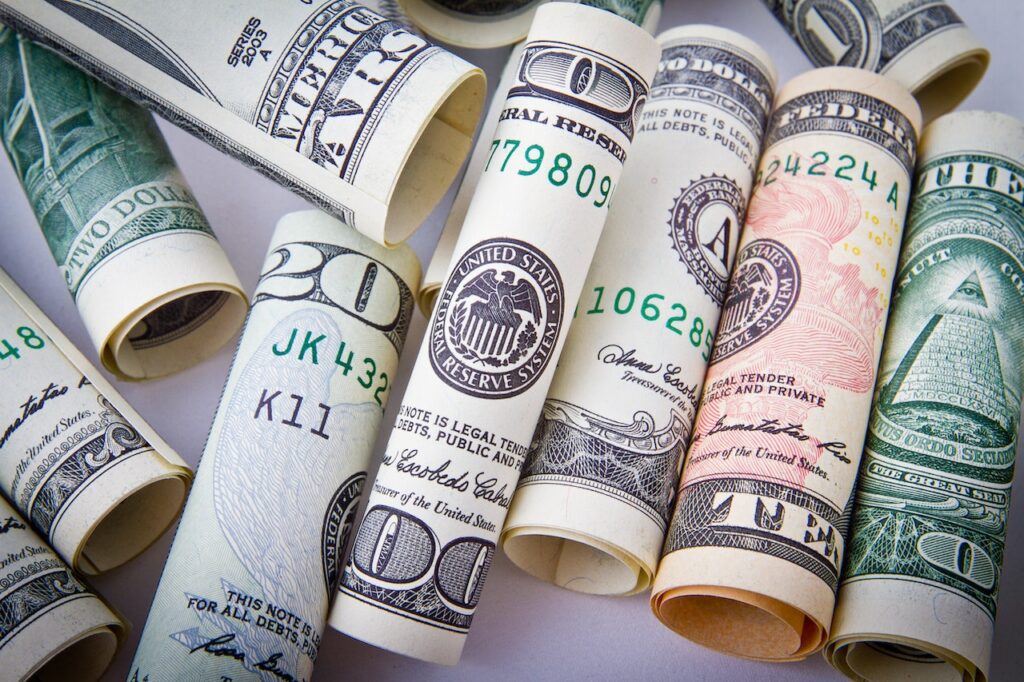There are many economic and political factors that affect currency stability. Among them are the actions of central banks in relation to the interest rate, decisions of international organizations affecting economic issues, high inflation. Among the political factors, one can identify the state’s position in the world community, business relations with other states, elections, and a change of government. An important role is played by supply and demand, which, in turn, depend on the population, income level, tastes and preferences of the consumer audience.
The most popular currencies in the world are the US dollar and the Euro. The dollar is the currency that is most often used for international transactions.
The Swiss franc is generally considered the safest and most stable currency in the world. It forged its reputation as a safe-haven currency during the economic struggles of 2008 when the euro failed. To this day, it is considered a strong and stable investment by many.
However, the Kuwaiti dinar, is considered to be the strongest currency, which ranked the highest currency in value. Though instability in the prices and demand for oil and natural gas — the main driving force behind the value of the Kuwait dinar — are staggering
Below are the most stable currency, with specific order:
- Kuwaiti Dinar (KWD)
- Bahraini Dinar (BHD)
- Omani Rial (OMR)
- Jordanian Dinar (JOD)
- British Pound Sterling (GBP)
- Cayman Islands Dollar (KYD)
- European Euro (EUR)
- Swiss Franc (CHF)
- US Dollar (USD)
What Is The Weakest Currency?
A weak currency refers to a country’s money that has seen its value decrease in comparison to other currencies. Weak currencies are often thought to be those of nations with poor economic fundamentals or systems of governance. A weak currency may also be encouraged by a country seeking to boost its exports in global markets.
In practice, currencies weaken and strengthen against each other for a variety of reasons, although economic fundamentals do play a primary role.
Understanding a Weak Currency
Fundamentally, weak currencies often share some common traits. This can include a high rate of inflation, chronic current account and budget deficits, and sluggish economic growth. Nations with weak currencies may also have much higher levels of imports compared to exports, resulting in more supply than demand for such currencies on international foreign exchange markets.
While a temporary weak phase in a major currency provides a pricing advantage to its exporters, this advantage can be wiped out by other systematic issues.
The most volatile currencies in the world are:
- Venezuelan Sovereign Bolívar (VEF)
- South Sudan Pound (SSP)
- Iranian Rial (IRR)
- Vietnamese Dong (VND)
- Indonesian Rupiah (IDR)
- Uzbek Sum (UZS)
- Sierra Leonean Leone (SLE)
- Guinean Franc (GNF)
- Lao or Laotian Kip (LAK)
- Paraguayan Guarani (PYG)
- Cambodian Riel (KHR)
Experts name a number of specific reasons for this situation attached to the above counties. Among them are internal and external conflicts, civil unrest and clashes, incorrect economic decisions of the government, dependence of countries on raw materials and others.
How To Edge Against The Unstable Currency
In general, central banks and governments can intervene to help stabilize a currency by selling off reserves of foreign currency or gold, or by intervening in the forex markets.
In personal level, as a business owner or investor, you can reduce your exposure to currency risk by:
- Saving your money in stable strong currency, such as US dollar or Euro
- Own valued assets, such as good business, land, index fund
- Diversify your investment
- Invest in currency-hedged funds
- Invest in countries with stable strong currencies
- Review your business operation cycle to learn where currency risk exist
